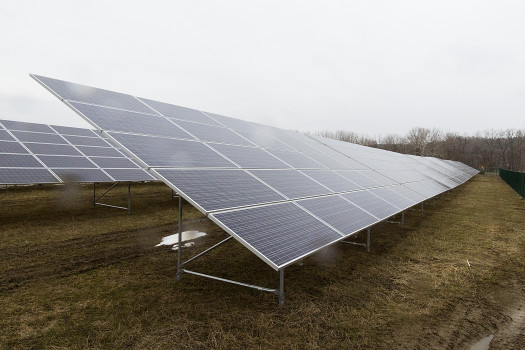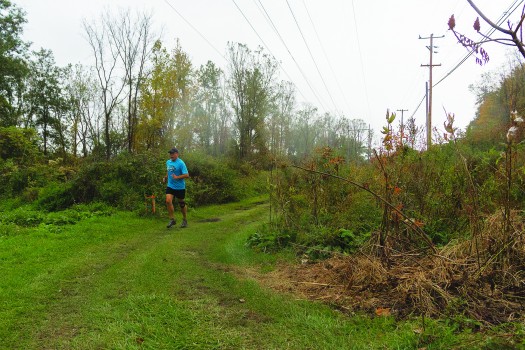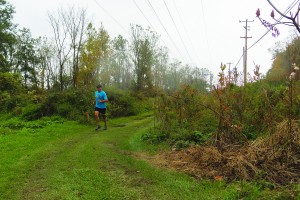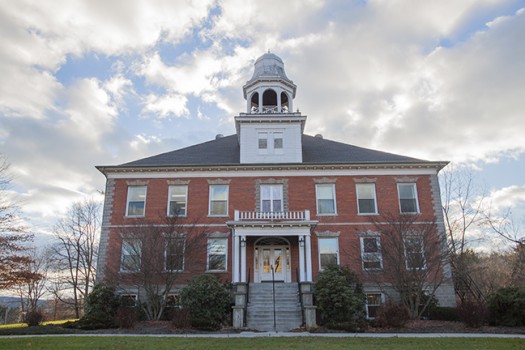Last spring, the new array of solar panels on Houghton’s field of dreams promised a viable option for energy.
It was the result of the initiative that began three and a half years ago when Houghton was first contacted by Smart Energy with the idea for solar panel partnership. “Houghton was not in a financial position to pay for anything like that,” said sustainability coordinator Brian Webb. Through the Power Purchase Agreement (PPA), Houghton was able to begin installing the solar panels in September of 2014. The financial arrangement allows Houghton to lease the land for WGL Energy without paying capital, buying the energy it produces at a “predetermined price” for twenty-five years. Webb explained that “because the energy is connected to the grid it, is sold to RGNE,” Houghton’s utility company.
According to Webb, there are two aspects determining the overall success of the endeavor. “It’s automatically successful, environmentally speaking,” he said, since the driving factor was “wanting to install renewable energy and lower the carbon footprint.” The solar panels produce nearly fifty percent of Houghton’s energy. “It’s the equivalent of 300 homes worth,” Lauren Bechtel ‘16 explained, recalling the visual representation of the 300 paper homes on the quad last spring. Bechtel was involved in the installation of the solar array as one of the student representatives, a link “between the student body population and the leaders that made it happen.”
Webb also discussed the “side benefit” of the financial yield. While he admitted that examining savings is “preliminary analysis” due to the differing billing cycles of the solar and utility companies, it looks promising. “The difference between what we pay and what get paid is really attractive,” he said. Since the solar panels were finished in April, Houghton’s savings have amounted to $73,000 according to Webb. These savings counter the concerns of some Houghton students regarding the solar panels last spring. “There was a lot of confusion and misunderstanding,” Bechtel explained. She noted that while students worried about the cost of the solar panels, the PPA and likely financial benefits attest that “Houghton wasn’t choosing solar panels over student interests.”
Both Bechtel and Webb are pleased with the success of the solar panels. Bechtel noted that Houghton still has the largest solar array of any New York State campus. “Even if the students don’t see them everyday, they’re still contributing to the sustainability of our college,” she said. “It’s been exciting to see it go up,” Webb said. Having overseen the project through the phases of organizing grants, funding, design, and construction, he expressed “finally getting it installed is a big success.”




